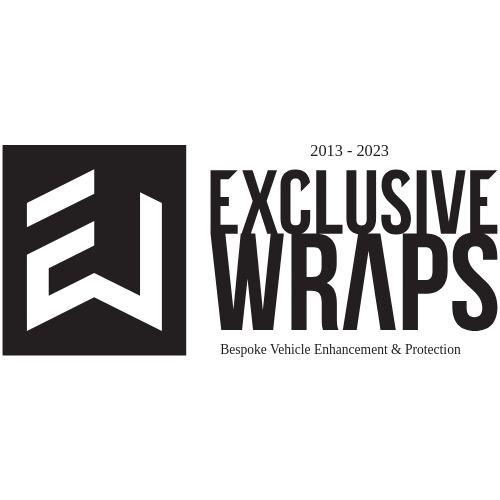
Supercars is set to switch to upgraded versions of last year’s Dunlop control tyres in 2018, replacing the aggressive new rubber introduced this season.
Dunlop is planning to revert to the rounder sidewall shape of the 2016 tyres, as well as adding new material in the construction to increase their resistance to cuts and punctures.
Both the soft and super-soft compound versions – which are also likely to go back to their hard and soft designations – are due to be produced in modified ’16 spec.
Supercars is expected to sign-off on the modified 2016 designs early this week as Dunlop is approaching the deadline to put in the initial order for next season with its Japanese factory.
The change has been prompted by a spate of failures at the WD-40 Phillip Island 500 and other events, blamed on the teams adopting extreme camber settings to maximise the extra grip of the new tyres.
It is understood that hardier versions of this year’s rubber will be developed by Dunlop next year to take over in 2019.
The revised Dunlop 2016 designs are scheduled to be tried by the teams for the first time at a pre-season test at Sydney Motorsport Park, tentatively set for February 18.
Speedcafe.com has learned that Dunlop and Supercars have decided to return to the 2016 shape next year rather than adopt strengthened versions of the 2017 tyres, which had a wider contact patch thanks to a squarer sidewall.
This year’s Dunlop SP Sport Maxx control tyres were redesignated ‘soft’ and ‘super-soft’ to distinguish between the harder and softer compounds of the grippier rubber.
The softs were originally reserved for Adelaide, Phillip Island, Mount Panorama and Pukekohe – all featuring fast high-load corners.
However, following a series of high-speed failures in both 250km races at the Island in late April, the 2016 ‘hard’ tyre was reintroduced at Bathurst and Pukekohe.
The trouble was linked to teams adopting increased negative camber angles – a more pronounced inward leaning of the tyres at rest when viewed head-on – in excess of the recommended settings to maximise the extra grip of the wider tread.
More negative camber results in the outside tyres standing up straighter in cornering and increasing the amount of the tread in contact with the track, but also increases the stress on the sidewalls of the loaded tyres.
The extra heat build-up in the high-speed turns was identified as the cause of the inordinate number of failures at Phillip Island because the tyres were operating outside their design parameters.
Some teams refuted the charge, pointing out that there had been no testing of the new ‘soft’ tyres at the Island – a planned trial there had been rained out – and suggesting there was an inherent weakness in the latest design.
Sceptics noted that the ‘super-soft’ versions had also suffered blowouts, most notably at Albert Park and Sydney Motorsport Park.
Supercars tested a batch of modified 2017 tyres featuring Kevlar reinforcement in the casings at Phillip Island in early September.
But because of production lead times and safety concerns, it was decided to reissue the proven 2016 ‘hard’ tyre for Bathurst and Pukekohe.
To further err on the side of caution, next year’s rubber will be the same shape as the 2016 tyres – reducing tread width from 290mm to 280mm – with a different construction material to make them stronger.
The two compounds will continue to be distinguished by different colour sidewall lettering and markings – white for the Dunlop SP Sport Maxx (currently the soft) and yellow for the Dunlop SP Sport Maxx Sprint (super-soft).
But it also understood that they may go back to the previous ‘hard’ and ‘soft’ designations to more accurately denote their characteristics.
Further testing of the reinforced 2017 tyres at Phillip Island is planned next year to determine their suitability for a return in 2019.
The planned pre-season hit-out at SMP next February will count as one of the teams’ three test days.
While attendance won’t strictly be compulsory, it will be conducted on a ‘use it or lose it’ basis, encouraging teams to participate rather than incurring an effective two days test restriction.
A further incentive will be the chance to try out the revised rubber before the season starts at the March 1-4 Adelaide 500, with teams receiving an extra allocation of tyres for the test.




















Discussion about this post